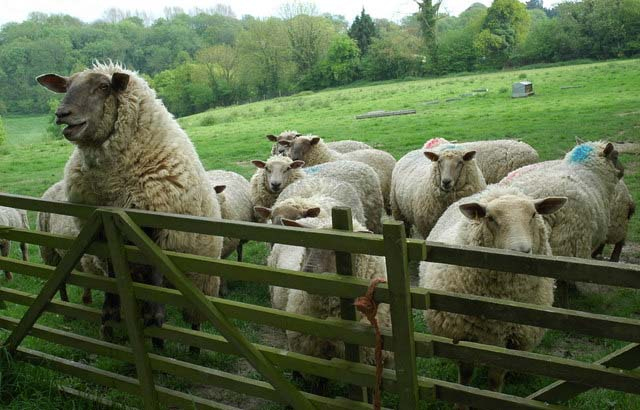
A reduction in hill breeds means that the reliance on the traditional stratified structure of the British sheep industry is decreasing in favour of lowland breeding, according to a report published by EBLEX.
The breeding structure of the British sheep industry 2012, which analyses the results of a survey completed by nearly 10,000 wool producers registered with the British Wool Marketing Board, gives an insight into the popularity of different breeds and how the industry has evolved over time. It is the fifth such survey looking at the structure of the sheep industry, which has been conducted by various institutions since 1975.
The report gives an insight into the influx of imported breeds and compilation of new breeds, plus looks at how these breeds are mated to understand breeding decisions. This data, combined with the past four surveys, demonstrates how environmental, political and economic influences have shaped this structure to meet the needs of both domestic and export markets.
The distribution of questionnaire respondents was checked as far as possible. This used independent estimates of the distribution of flocks and breeding ewes between countries/regions of England and between flocks of different sizes derived from census data supplied by the four constituent UK countries.
The survey sample was found to be similar to census data, with the exception of a slight under-representation from Wales and smaller flocks (0 – 49 breeding ewes).
Survey results were scaled up to national level using December 2012 Census data from the three British countries. The overall picture presented by December Census data was of 13.1 million ewes mated in 2012, 2.2 million fewer than at the last survey in 2003.
Crossbred ewes outnumbered purebred ewes with 56 and 44% of ewes mated respectively; in 2003 it was 50:50. This change has been mainly due to a reduction in purebred numbers and similar crossbred numbers compared to 2003.
A reduction in ewe numbers in the three main hill breeds (Scottish Blackface, Swaledale and Welsh Mountain) is responsible for most of the drop in ewe numbers nationally since 2003.
The number of breeds found in Britain continues to increase with 106 being found in 2012. New breeds were either imported foreign breeds, reimported UK breeds (eg New Zealand Romney) or composites made up from existing genetic material.
“Over the past 40 years, the quest to develop the perfect sheep breed has resulted in a very dynamic sheep industry in Great Britain,” said EBLEX beef and sheep scientist Poppy Frater.
“The results of the latest sheep breed survey are a testament to the resilience of the industry as it continually evolves to adapt to external change, while remaining focused on producing what the market wants.”
The analysis contained within the report will help breed societies understand the influence of their breeds on the commercial sheep industry and help organisations such as EBLEX target research and development and knowledge transfer efforts to meet the needs of the industry.
